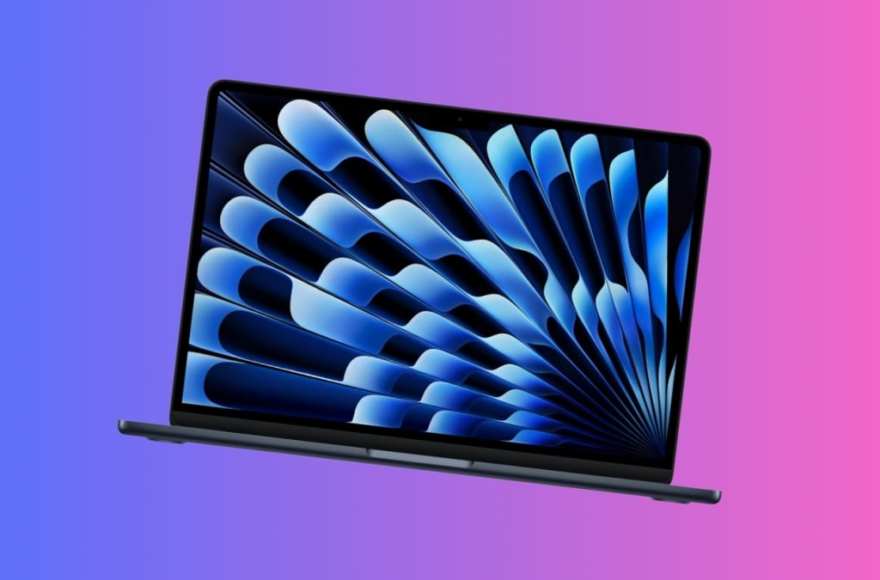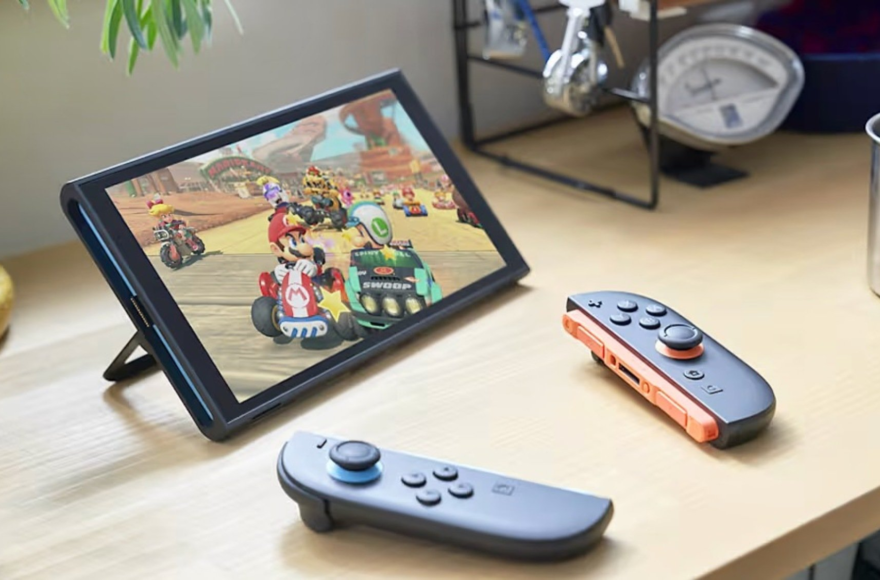Android 16 is here, and I already love these 6 new features

For years, Google released the latest version of Android in the third quarter of the year, usually toward the end of summer or the beginning of autumn. Android 16 was instead launched much earlier, so it’s already out in the wild. That means folks with modern smartphones can expect it sooner rather than later.
In general, you should always accept official updates. Not only do you get the latest features, but you also get security updates that keep your phone safe. So, if you decide to take the update for no other reason, that alone should be good enough. While Google I/O 2025, the Android I/O Show, and the developer’s beta gave us a pretty good peek at the future of Android, I’ve been testing out the new update now that it’s officially here.
So, if you want to get excited about fresh, new features, I have some cool new stuff to share. If you’re waiting to push the update button, here are some features that Google has packed into Android 16 that may help convince you to go through with it.
Material 3 Expressive

Credit: Google
Let’s start with what you’re most likely to see first, and that’s Android 16’s new Material 3 Expressive UI update. This introduces a host of adaptive and responsive UI elements to the OS, from buttons that jiggle when you interact with them to app controls that are more colorful and dynamic than their more static predecessors.
You can find some examples in Google’s video for it, but it’s all pretty well thought out. It won’t change the functionality of anything, but by giving everything a fresh coat of paint and a more responsible nature, it definitely makes Android 16 feel different from Android 15, and that’ll become even more apparent once more apps support the new UI.
Adaptive apps make foldables even cooler

Credit: Google
Speaking of apps, Google put some sauce in Android 16 to make those work better, too. This one won’t be readily apparent yet as developers need time to integrate it, but the idea is neat. Google calls it Adaptive Apps, and the idea is for app developers to make their apps for a variety of screen sizes instead of just one. Now that we’re in the era of foldables, a developer making a mobile-only UI for their apps is much more noticeable, and Adaptive Apps fixes that issue.
The idea is pretty simple. Apps would look normal on a typical smartphone display, but would automatically spread out over the width of the screen if you use them on a tablet or a foldable. This solves one of the largest pain points with larger displays in that mobile-only apps still only function one way. Like Material 3 Expressive, app developers will need some time to get this going, but once they do, it’ll look awesome.
Mashable Light Speed
Live update notifications (and stacked notifications)

Credit: Google
One of my favorite things about Android updates every year is the improvements to notifications. For Android 16, there are two. The first is what Google calls live update notifications, or “consistent progress notifications” if you look at the API. These notifications give you real-time notifications that deliver constant updates. This was made for cases like when ordering Doordash and the notification will show you the driver’s progress without needing to open the app. There are likely other use cases as well and developers have free rein to use it.
The other improvement is auto-grouping notifications. These take notifications from the same app and stack them up in a single notification so you don’t have to flick away two, three, or even more notifications from the same app. This simplifies the notification shade by reducing the total number of notifications when the same app is sending a bunch of them, which I personally can’t wait to see.
Desktop windows

Credit: Google
With Android 16, Google introduced desktop windows to the experience. These will likely be used most often on larger screens like computers or tablets, but it brings Android one step closer to the other OS that uses windows. You know the one. In any case, this will definitely play with Samsung’s DeX mode. It isn’t available yet, but will be later this year, but people were able to try it out with the QPR1 Beta 2 build earlier this year.
In addition, larger displays got more love from Google. External display support has been improved as a function of Android 16 actually having a real desktop mode now. This will make using your devices on larger screens with peripherals like keyboards and mice much better, and gives you yet another way to use your device in a different way.
More security protections if you want them

Credit: Google
Security is always a main focus with a major Android update, and Android 16 is no different. Google added a few new tools to help you stay safe and private. One is called Identity Check, which forces biometrics when accessing specific settings and features outside of trusted locations. For example, if your phone is stolen and taken elsewhere, they won’t be able to access your password autofill without your fingerprint.
The other big addition is Advanced Protection, which basically acts like Windows Defender. It’s a built-in security suite that can identify harmful apps, protect from online attacks, and even block spam calls. Finally, there is also the Safety Check feature in the Personal Safety app that lets you check in with your loved ones if you’re at risk of personal injury or going somewhere by yourself.
Better accessibility, especially for hearing aids

Credit: Google
Accessibility also got a pretty big boost, which is exciting for those with impairments. Functionally, the one we think most people will use is the improved support for hearing devices in the call app. This adds support for more hearing device brands and lets you use LE Audio devices more easily during calls.
In addition, you can use your Android 16 phone as a microphone input for your LEA hearing aids and also adjust the ambient volume for LE Audio hearing devices, allowing you to manage your hearing device much more effectively. Android 16 also includes native support for Auracast broadcast audio, which allows Bluetooth LE Audio devices to connect to multiple sources, which can be a boon for the hearing impaired as well.

Credit: Google
These are just some of the highlights of Android 16. We didn’t even mention the app drawer blurring, APV codec support, and the variety of improvements that are coming to Pixel devices, like the hybrid auto exposure feature. It’s not the largest Android update we’ve ever seen, but it’s got plenty of neat stuff to check out as soon as you hit that update button.




